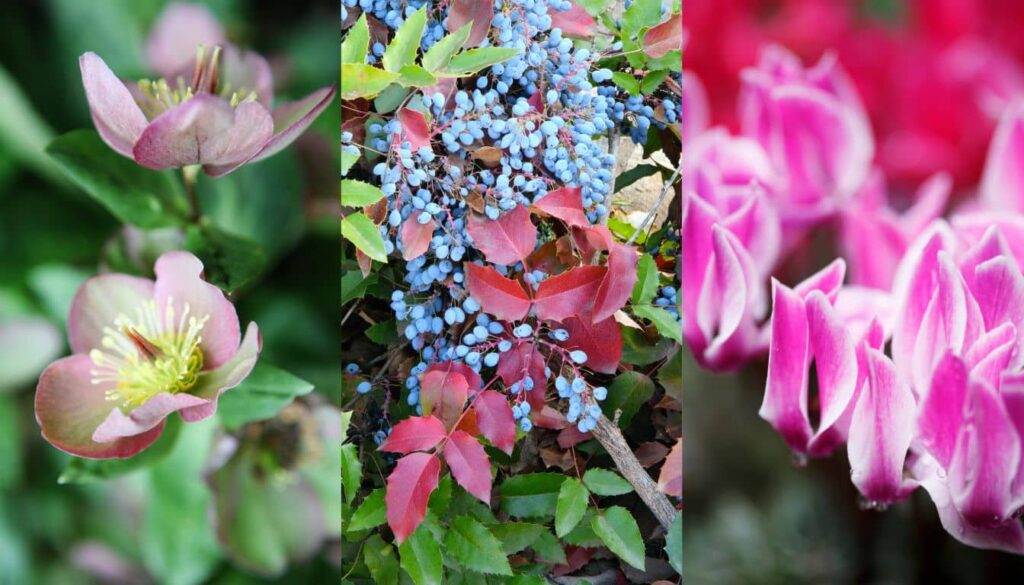As winter approaches, the tropical plantsoften considered the exotic gems of our interiors, are put to the test by adverse climatic conditions.
Although they originate from warm climates, with the right precautions, it is possible to safeguard their beauty during the colder months. Are you ready to discover the secrets to keeping your tropical plants alive even in cold temperatures?
Read on to transform your home into a tropical paradise even in winter!
Understanding the needs of tropical plants
The tropical plants they have well-defined needs that must be met in order for them to survive the winter.
Their origin from regions characterized by heat e humidity makes them particularly vulnerable to seasonal climate changes.
Remember that the key to their well-being lies in preserving as much as possible the tropical microclimate to which they are accustomed.
Crucial light exposure
Shorter winter days pose a challenge for tropical plantsaccustomed to intense sunlight. Plants like orchids o i philodendron they require six to eight hours of light a day.
If your home doesn’t have enough natural light, consider using growth lampswhich can provide the necessary support for continued growth. Learn more about perfect orchids.
Winter specificities for tropical plants
In addition to the light, the tropical plants they require a humid atmosphere even in winter. The dry air, typical of heated homes, can be harmful.
Be ready to implement some preventative measures, such as the use of humidifiers or spray water on the leaves regularly. An interesting detail: placing gods damp pebbles under the pots helps maintain an ideal humidity level.
Select the best place for your plants
Location plays a critical role in the health of tropical plants during the winter. Avoid positions with air currents and near direct heat sources such as radiators.
Finestre oriented to the south-east
Opt for placement near south-east facing windows. This allows the plants to capture the first and most delicate lights of the day.
While it may seem like an insignificant detail, it can make the difference between a vibrant plant and one struggling to survive.
Avoid drafts and direct heat
Don’t forget that the air currents cold temperatures and direct exposure to heat sources can cause a thermal stress significant. Protect your plants by installing them in safe places away from such dangers.
Adaptation of watering and winter care
Winter requires an adaptation of practices irrigation and the care given to him. At lower temperatures, water evaporates more slowly.
Reduced watering
In winter, the tropical plants they need less water than in summer. Smell the soil before each watering to avoid excesses that could damage the plants roots.
Light fertilizers
Also useful is the use of light fertilizers during the cold season, to avoid upsetting the natural processes of the plants.
Many of them go through a period of dormancytherefore an excessive intake of nutrients could be superfluous or even harmful.
For all fans of orchidsdiscover the solutions to stimulate their flowering even in winter with natural fertilizers. And if you’re wondering about the hibiscus winter, here is the definitive answer on how to manage them.







